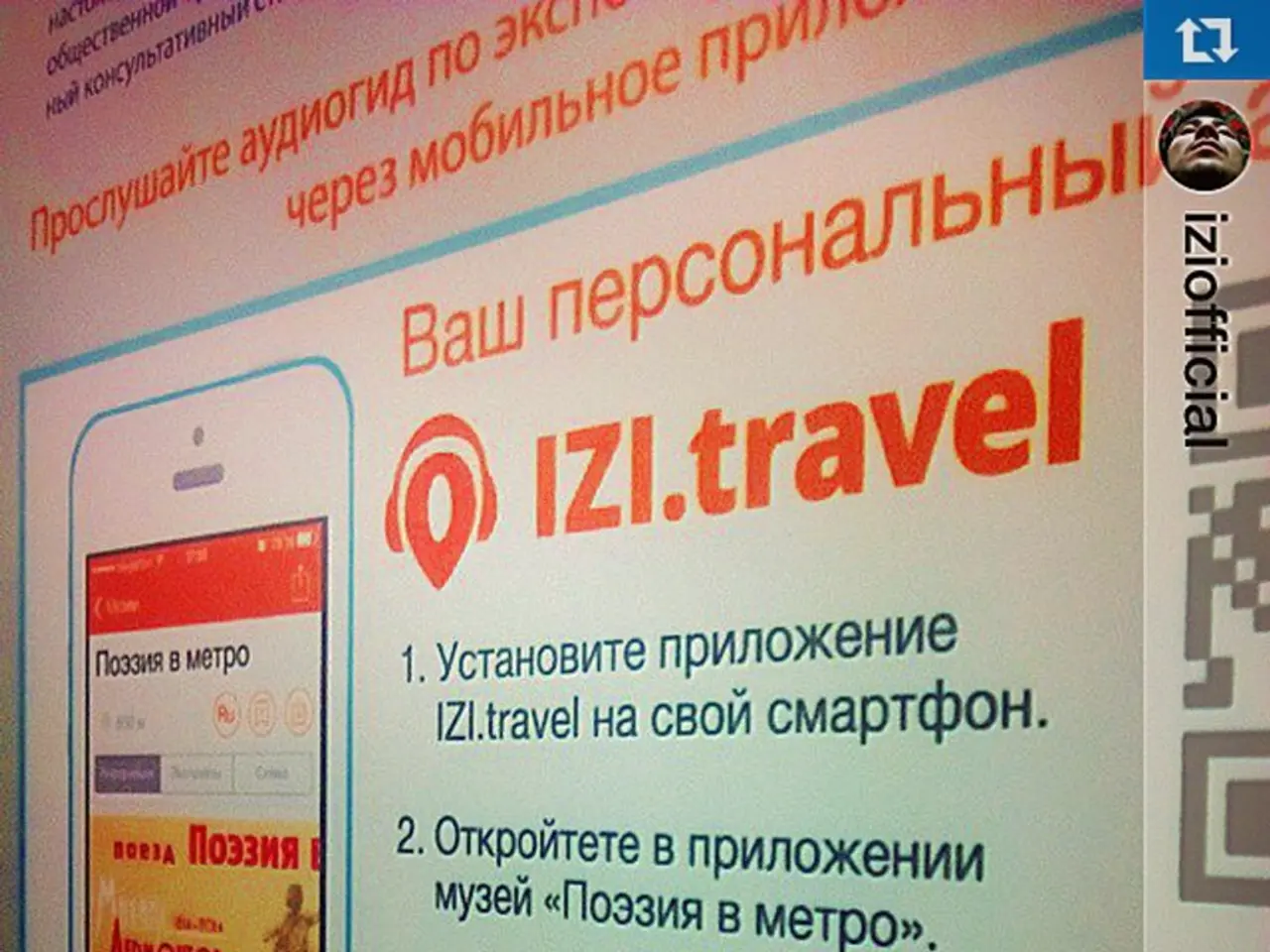Businesses are Employing Projection Mapping: Immersion in Marketing Experiences
The Rise of Projection Mapping in Experiential Marketing
Projection mapping is revolutionizing the way brands connect with consumers, offering a unique and captivating alternative to traditional advertising methods. This innovative technology transforms physical spaces into dynamic, interactive canvases that command attention in a cluttered digital landscape.
Brands across Australia and globally are leveraging projection mapping to create unforgettable experiences. By using light, sound, and motion, brands can immersse audiences in narratives that boost engagement, enhance brand perception, and drive sales.
One of the key advantages of projection mapping is increased consumer engagement and dwell time. By captivating attention, it encourages customers to spend more time interacting with the brand or product. For example, holographic and projection campaigns for Nike and Sephora have significantly increased time spent in-store and product trials.
Another benefit is enhanced brand differentiation and innovation perception. Brands utilizing cutting-edge projection technology position themselves as innovative leaders, elevating perceived brand quality and innovation. This effect creates a lasting halo effect on consumer impressions and subsequent purchases.
Projection mapping also allows for emotional and immersive storytelling. By simulating environments, animating products, or creating fantastical displays, brands can deepen emotional connections with audiences, making brand messages more impactful and memorable.
The versatility and creativity of projection mapping are also noteworthy. It can be applied on diverse surfaces and scales, from buildings and retail displays to events, enabling brands to tailor experiences creatively and contextually.
Moreover, modern projection technologies, such as laser projectors, consume less energy and generate less waste compared to traditional displays. This allows brands to deliver spectacular visuals while maintaining sustainability goals.
Social media amplification is another significant advantage. Unique projection mapping experiences often generate organic social media buzz and earned media value. For instance, Universal Pictures’ Jurassic World holograms amassed over 50 million social impressions and multi-million-dollar media value.
Projection mapping events are inherently visual and dramatic, making them perfect for social media sharing. Smaller Aussie brands and cultural institutions are also embracing projection mapping for local events and activations.
In summary, projection mapping in experiential marketing helps brands stand out, foster deep customer engagement, reinforce innovation credentials, and create shareable experiences that drive both brand equity and sales performance. With the growth of sustainable and energy-efficient tech, many brands find projection mapping to be a more eco-friendly alternative to traditional staging or printed materials. Projection mapping stands out as a game-changer in experiential marketing, engaging, delighting, and leaving a lasting impression.
In Australia, brands like Qantas, Telstra, and Tourism Australia are using projection mapping to enhance campaigns and create buzz. As experiential marketing continues to evolve, projection mapping is seen as a crucial tool for brands to bring their stories to life in unique and memorable ways. In today's digital world, brands are using projection mapping to captivate audiences and leave a lasting impression.
Technology plays a significant role in revolutionizing experiential marketing, with projection mapping being a prime example. This innovative technology creates unique, captivating alternatives to traditional advertising methods, transforming physical spaces into dynamic, interactive canvases.
Brands worldwide are leveraging projection mapping to engage audiences and boost sales by immersing them in narratives, enhancing brand perception, offering emotional and immersive storytelling, and allowing for creative and contextual tailoring of experiences on diverse surfaces and scales.




